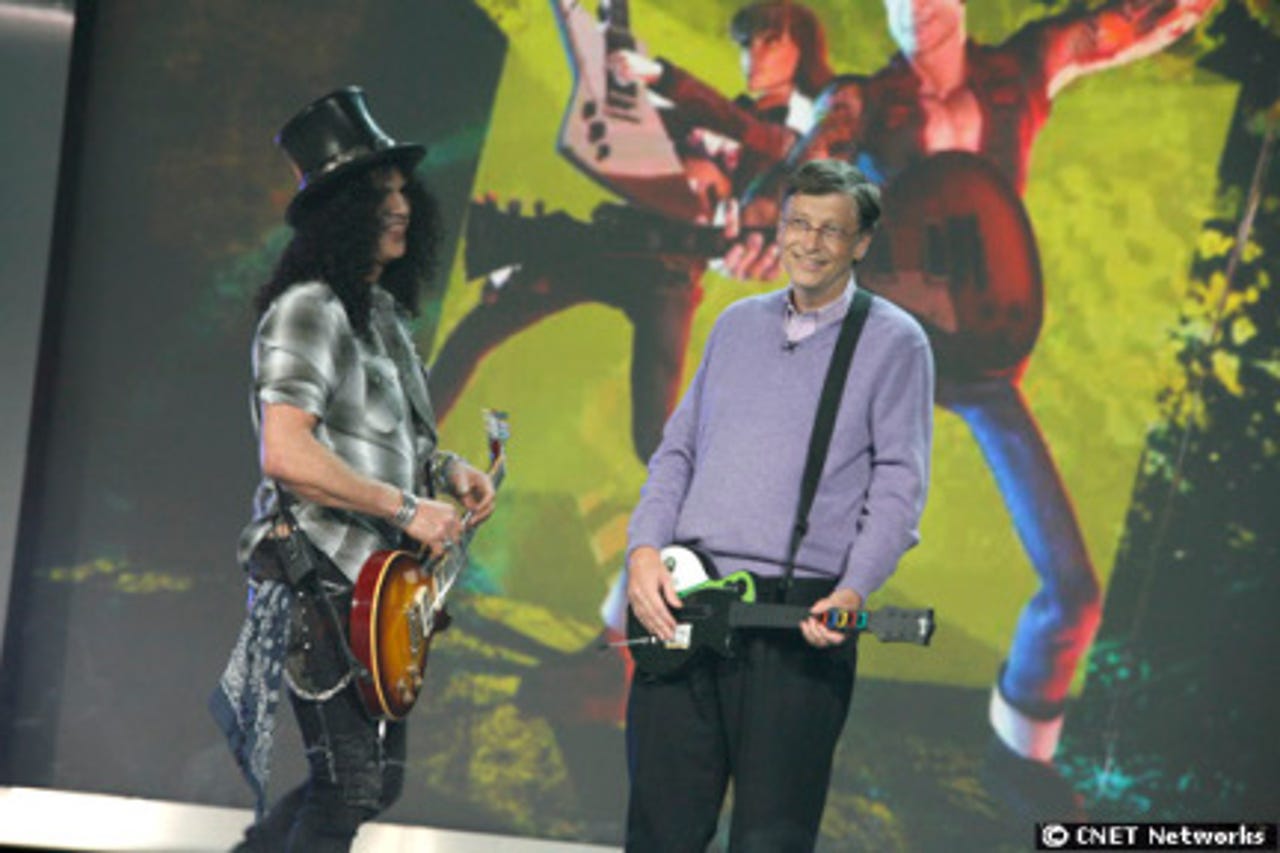A look back at 2008 in pictures

At Macworld 2008 in January, the big news was the Macbook Air, a super-light (and not so super-expandable) posing pouch of a Macintosh.
In 2009, the big news is that Steve Jobs isn't giving a keynote — and that this will be the last Macworld Apple attends.
Mobile World Congress in February was all about location, location, location as enhanced GPS was shown off — adding information from mobile-phone towers to speed up and pin down exactly where a handset is. 2009 may prove to be the year of location-based services, as the arrival of the iPhone 3G with GPS and the Android G1 with GPS and electronic compass has focused developers on the possibilities.
Cryogenics chilled systems were among the new technologies shown at CeBIT in March, highlighting one of the themes of the year — heat and electrical energy management is the limiting factor in many enterprise IT installations. The realisation that it doesn't matter how much kit you have if you can't put it in a room and plug it in has risen to the top of many IT managers' consciousness.
HP unveiled its aluminium-clad Eee rival in April — and you know things have become seriously mainstream when HP gets involved. This was another chance for HP to show off its laptop licks; the company has produced some classic designs in the past and now has Compaq's DNA in the mix.
As the One Laptop per Child project dissipated into internal dissent, public perplexity, supply problems and support nightmares, what was a man to do? Unveil a concept PC, of course — in this case a mockup $75 XO laptop, shown in May — demonstrating Nicholas Negroponte's eternal optimism and forward-looking nature. No matter what's behind him.

In June, it was out with the old, in with the new. Bill Gates (pictured with guitarist Slash at CES 2008) retired from Microsoft, and Apple introduced the iPhone 3G, which can be seen as the epitome of everything in IT that Microsoft would like to be but isn't. With Bill gone, can Microsoft reinvent itself in some form suitable for the 21st century? And if Steve goes, can Apple keep its position as leader of the future? Two questions that 2009 may well answer.
In July, the iPhone 3G hit London. The device is more lifestyle statement than communications device, if the queues outside the shops prior to launch are anything to go by, and just as prone to inducing rabid devotion. No other phone can do this — at least, none without cut and paste, multitasking, video or a one in four chance of being available on your network.
With man and machine arguing over an apple, could Intel's artificial intelligence research (pictured above at IDF in August) work result in mankind being cast out from our technological garden of Eden? Or is Intel just good at talking up research?
A protest took place in September outside the Home Office against the extradition of self-confessed Nasa hacker Gary McKinnon to the US. Actions have consequences, but it's hard to argue that extradition without appeal on the say-so of a foreign state is entirely justified.
And if it is, perhaps it should be aimed at gangsters, spies and state-sponsored vandals, instead of an easy-to-find and mostly harmless chap with a UFO obsession?
Once Google has catalogued all of the present, it will have to start digging into the past — as it did in November with reconstructions of ancient Rome on Google Earth. When it's done all that, it'll probably start to create the future. Let's hope it still needs humans.
A hundred feet under the centre of Stockholm there exists what could be the world's most futuristic datacentre, explored by ZDNet UK in early December.
Speaking of archaeology, the current trend to increase security by burying datacentres underground, frequently in abandoned military or civil defence installations, may give historians of the future a lot to think about when they trowel in and have to make sense of what ISPs did and why. Given the problems we have with those questions in the present, good luck to them.